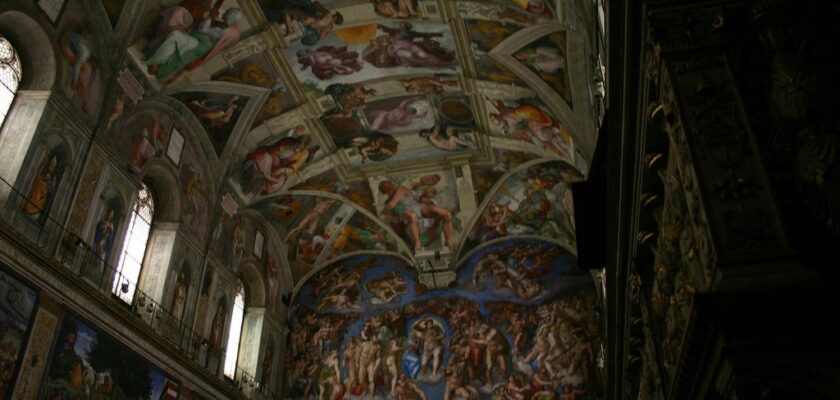Sistine Chapel
The Sistine Chapel is a former house church in the Vatican, built between 1473 and 1481, commissioned by Pope Sixtus IV. Since the late 15th century, conclaves to elect a pope have been held here. The fireplace in which the notes with the votes cast are burned is only displayed during the election of a pope.
.
The modern Sistine Chapel is a large concert choir that performs not only works by composers of the Roman School, but any choral music at all, including composers of the 20th and 21st centuries. The only thing that connects it with its historical prototype is the gender restriction (only men and boys) and the lack of instrumental accompaniment of singing.
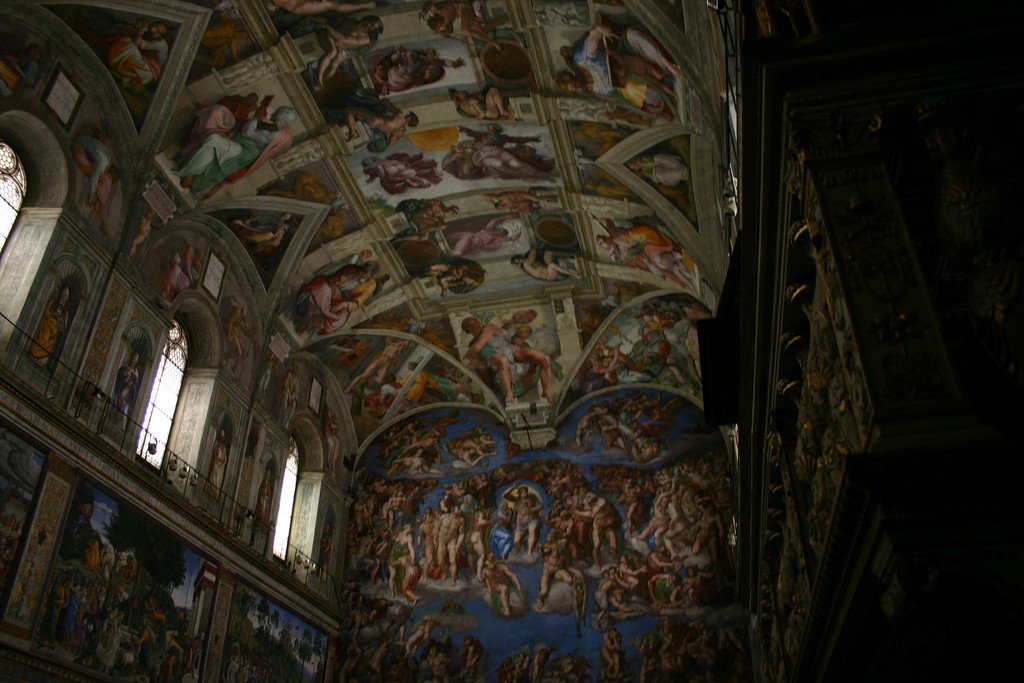
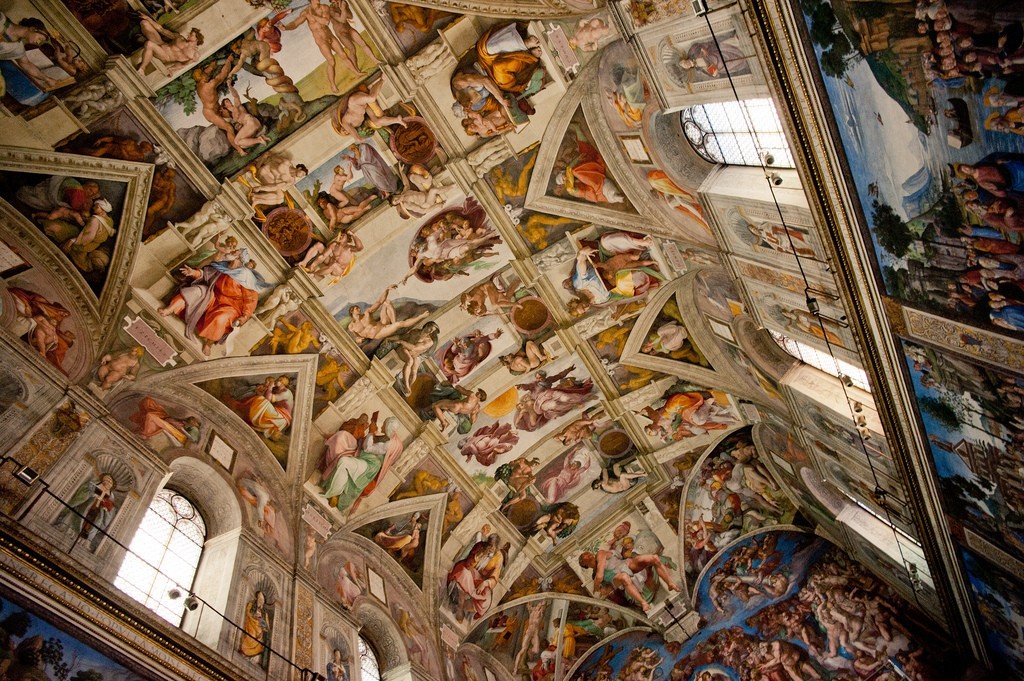
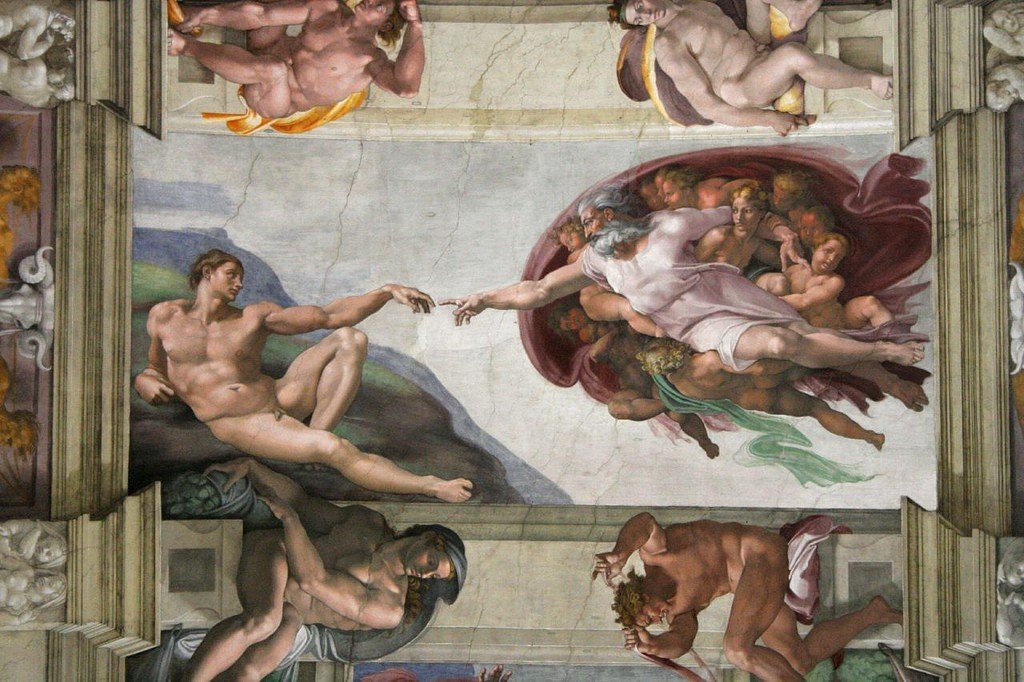
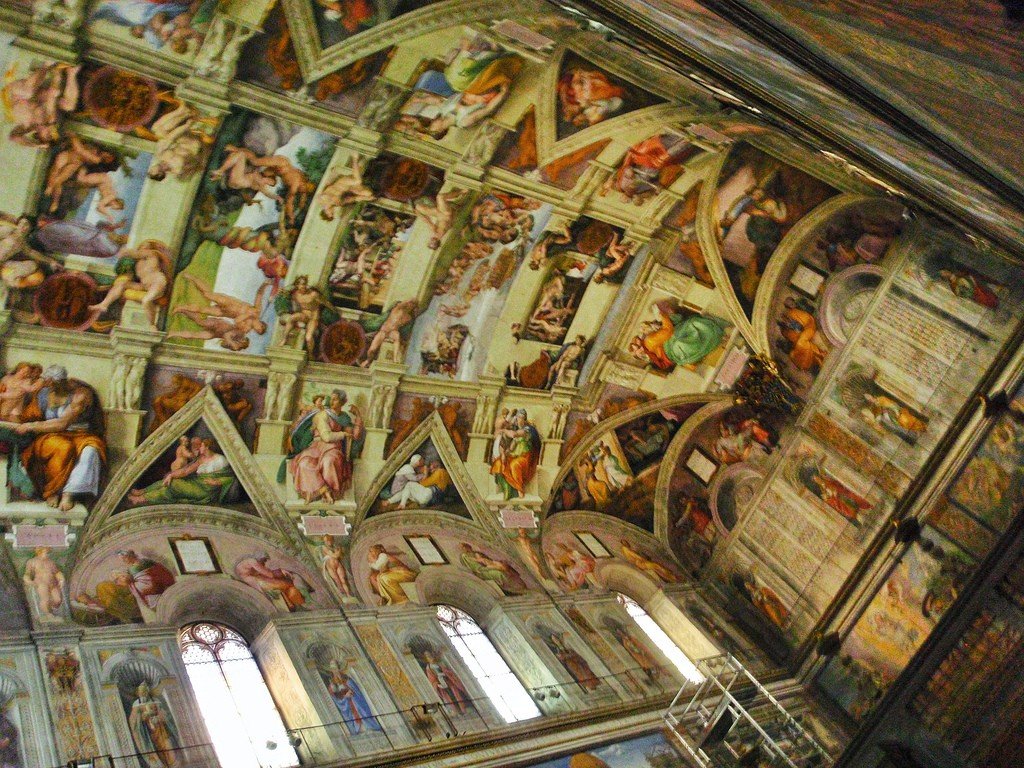
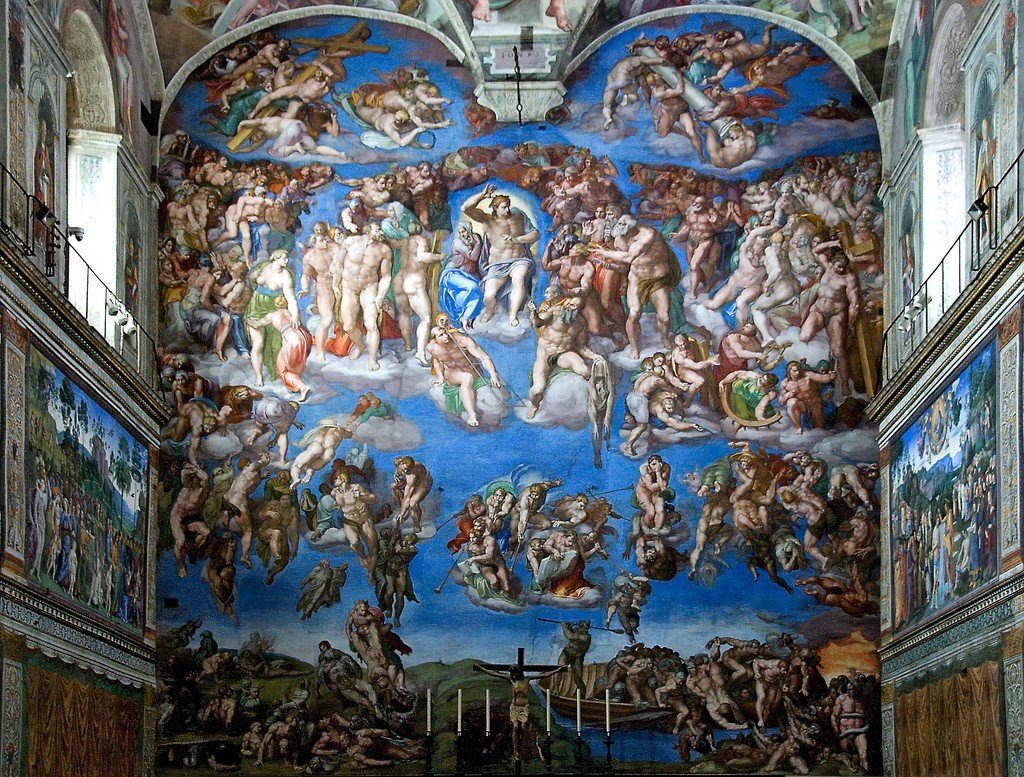
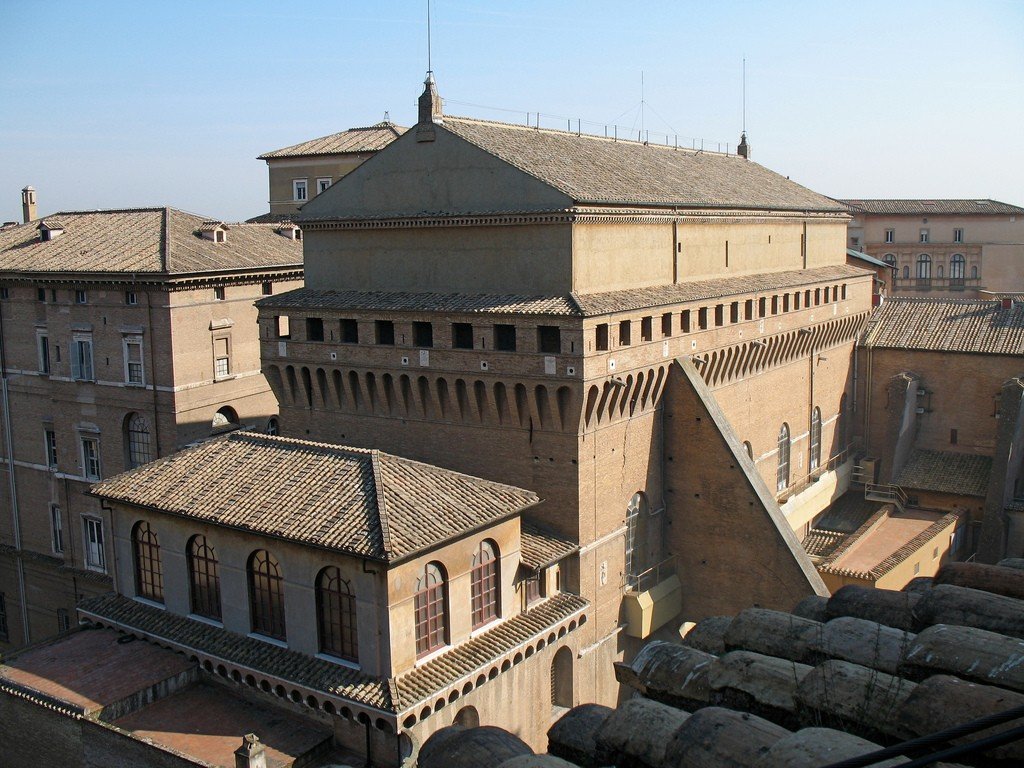
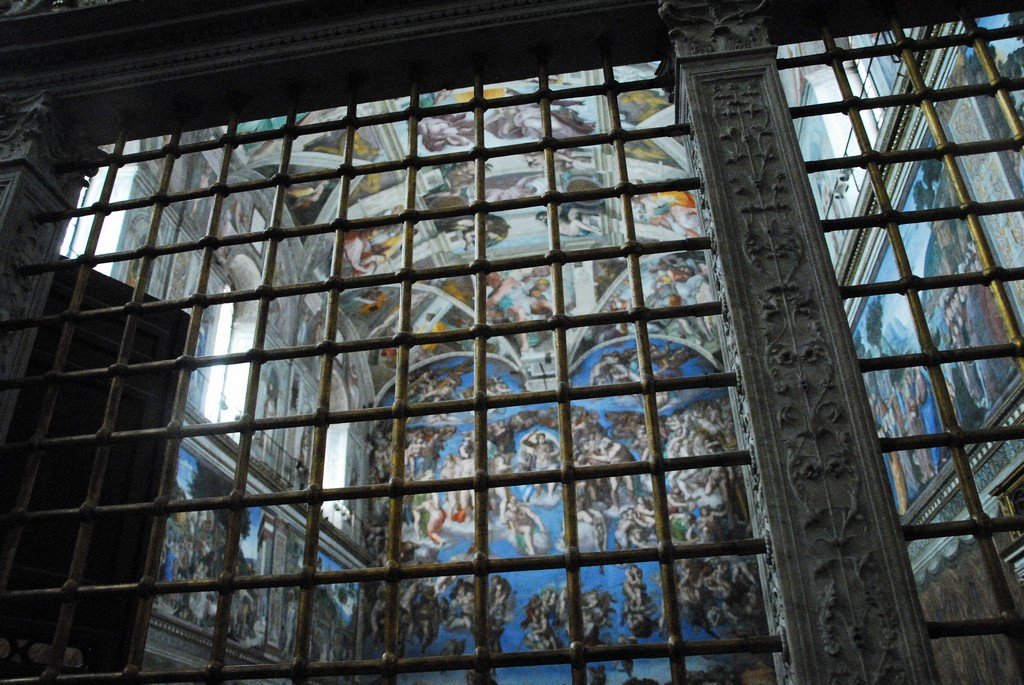
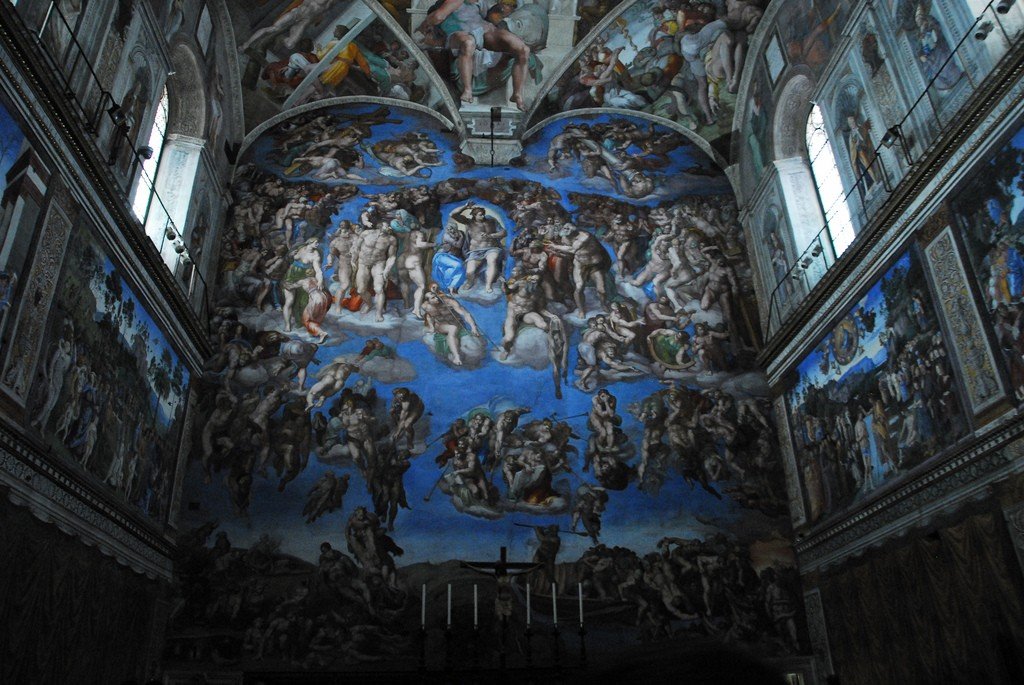
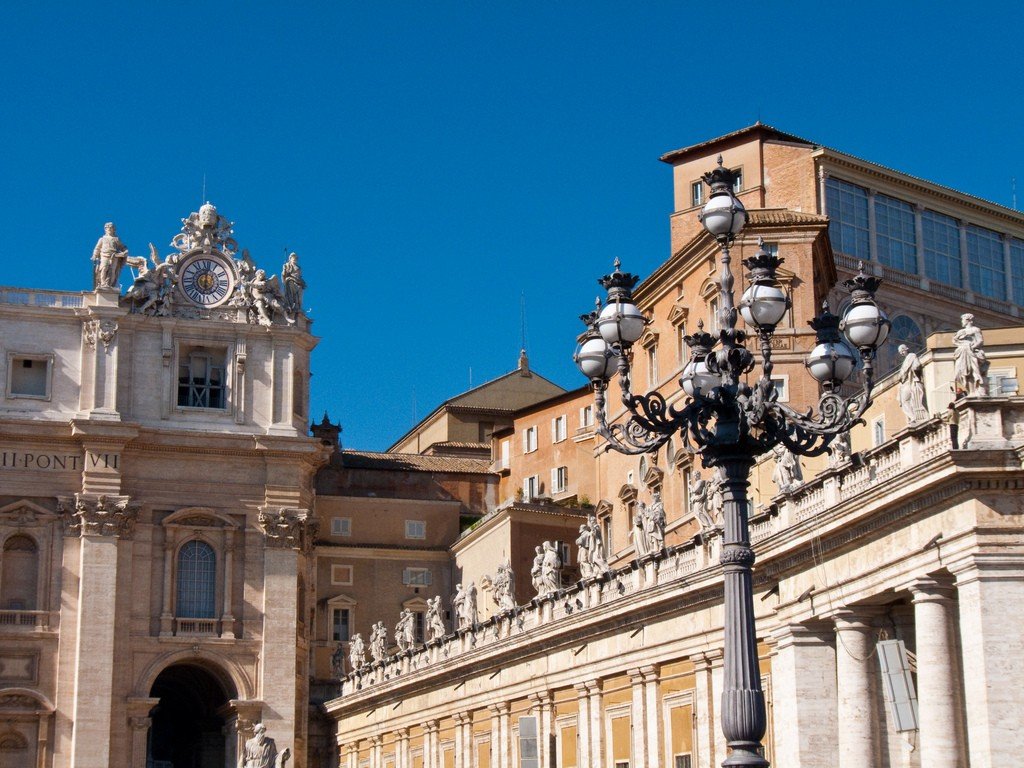
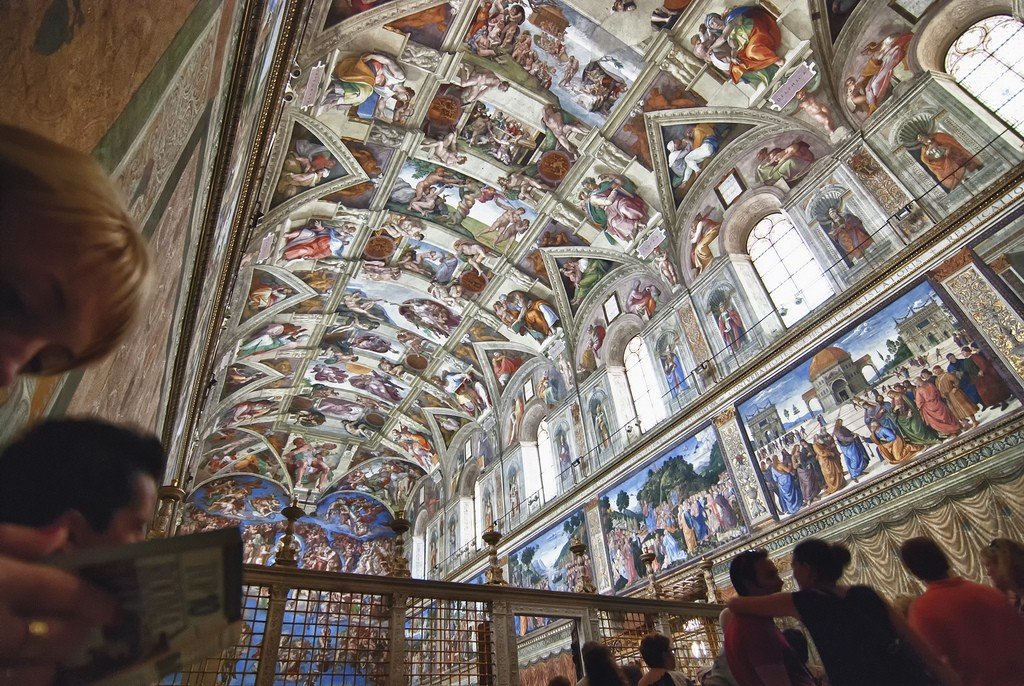
Frescoes of the Sistine Chapel
The Chapel gained fame for its outstanding frescoes by Michelangelo, who painted the vault and the altar wall. The frescoes on the walls, about 40 meters long, appeared at the same time as the chapel – under Sixtus IV. Artists such as Botticelli, Ghirlandaio, Perugino, Pinturicchio, Rosselli and Signorelli created a cycle of frescoes dedicated to Moses and Christ, depicting scenes from the Old and New Testament. At the request of Pope Julius II in 1508, Michelangelo began a new painting of the vault, which lasted until 1512. Inscribed in magnificent decorative architectural paintings, surrounded by plastic and convexly painted figures of the Sibyls and prophets, Michelangelo’s radiantly colored frescoes tell the story of the Creation of the World and the Fall into Sin. The depiction of the finger of God breathing life into Adam is world famous. In 1534, when Michelangelo was almost 60 years old, Paul III invited the artist back to the Sistine Chapel to repaint the great altarpiece.
The Last Judgment fresco
Michelangelo’s fresco The Last Judgment is the most impressive and dramatic depiction of this theme in the history of art. In the center of the multi-figure composition (approximately four hundred figures) on the throne sits the Supreme Judge – Jesus Christ, next to him – Mary and the saints. Against a background of azure sky on the left the saved are rising to heaven, and on the right the devils are dragging sinners to hell. But the foreground is not the bodily torment of the damned, but their horror and inner suffering. Later, however, Pope Paul IV saw this stunning painting differently and considered the nakedness of the figures to be “Babylon”. He ordered it to be covered up by painting clothes over the naked figures. Only in a recently completed restoration were some of the additions removed.
.